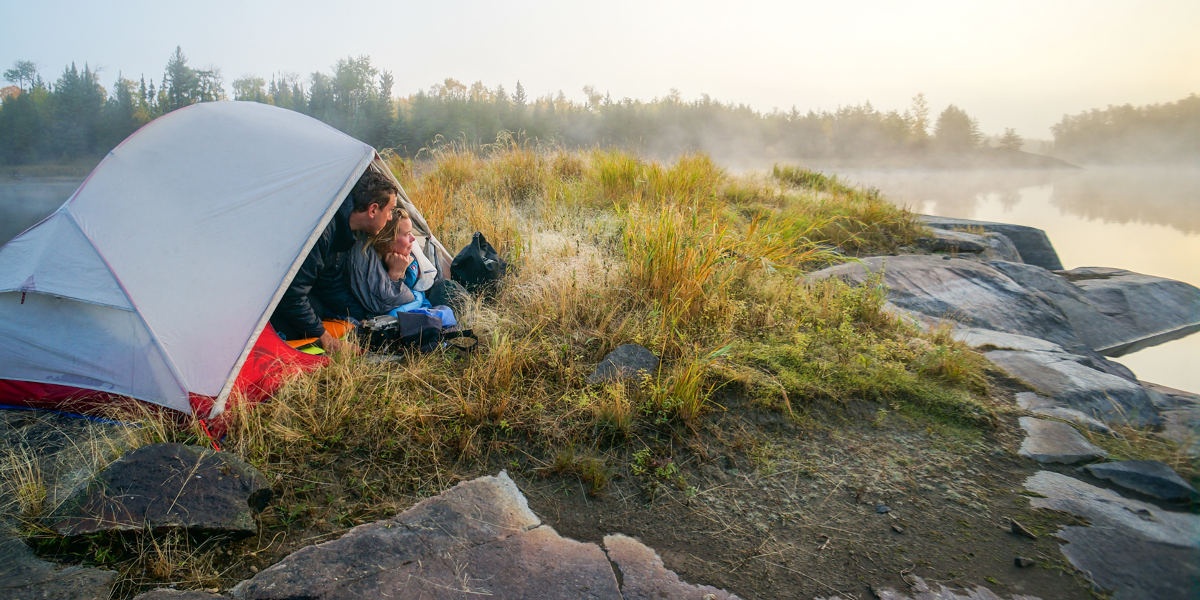Berens River, Manitoba
It has been several years since I was in Manitoba and had some free time coincide. It seemed a good time to check another river trip off the bucket list. My eye has been on the Pigeon river for some time, but both a dry Manitoba summer had water levels at very low levels, and my paddling partner was new to whitewater canoeing, so we decided on the Berens River a little further to the north. The Berens is reported as having more flow than the Pigeon meaning it can be paddled later into the fall, but also more drops that can’t be run so we would be portaging anyways regardless of paddling skill levels.
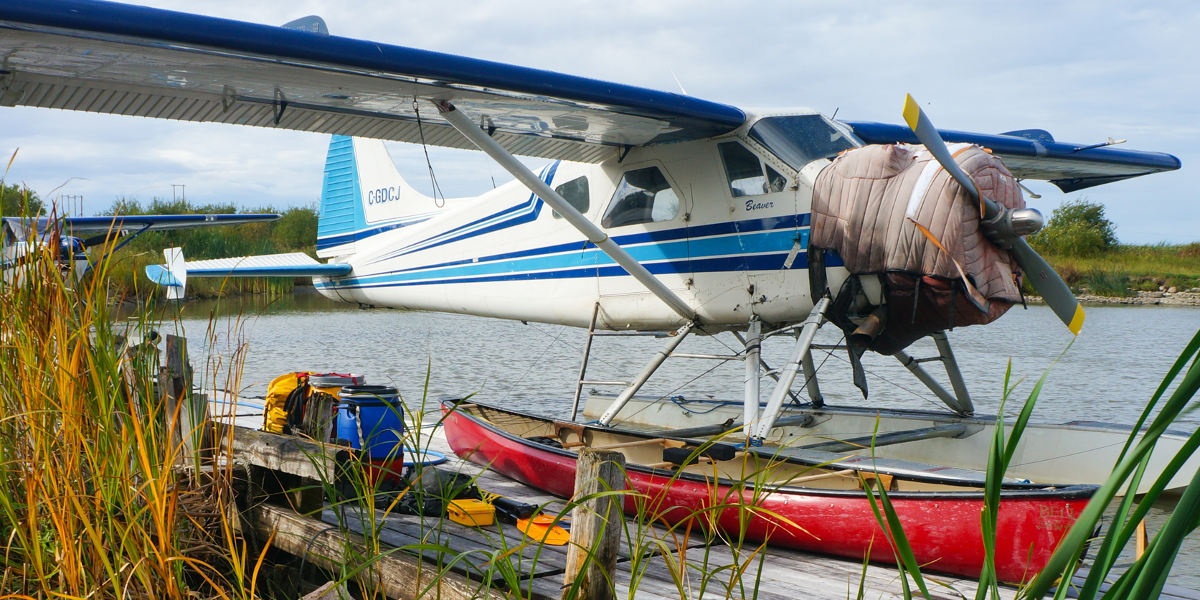
Plans came together quickly. The canoe, a Royalex tripping boat was cleaned up, some improvements made, and few new pieces of gear procured. Food was packed into two barrels. Arrangements were made with Clint from Kitchi Airways to fly us into Family Lake, the headwaters of the lower Berens. The upper Berens flows from Ontario into Family Lake, and both the lower Berens and Pigeon leave Family Lake. This splitting of water courses from a single lake before their 160 km run down to Lake Winnipeg, I imagine must be fairly unique, but became commonplace for us as the Berens river frequently split into multiple channels along our route.
The drive up to Matheson Island was quick, with the last hour of drive being a sloppy gravel road due to some now recent rain. A deHavilland Beaver sat tied to the float docks. A small float plane rated to carry a canoe as an external load, this design has been the workhorse of the Canadian North and this specimen was manufactured in 1955. I had a little hesitation but Clint was confident in his craft. Our gear was well organized so it only took a few minutes to stow it all behind the seats and get the canoe strapped onto the float struts.
With a short taxi, we sprung up into the air, the feeling was obvious when the floats guiding us straight through the water let us transition into three-dimensional flight. The roar was deafening, but the view rewarding. We cruised eastward at about 150 km/h passing by the Bloodvein River first and then seemingly endless miles of swamp and pine. The longing I had for a good dose of wilderness was about to be fulfilled.
After about a thirty-minute flight, we gently touched down into the Berens river waterway. Clint jumped out and flipped the canoe into the water and with all of us standing on the float, we piled our gear haphazardly into the boat. We paddled off with a smiling farewell and the Beaver quickly showed us how fast it can get back into the skies. We paddled to the nearest island with a rock shelf so we could organize our life all now contained in one boat.
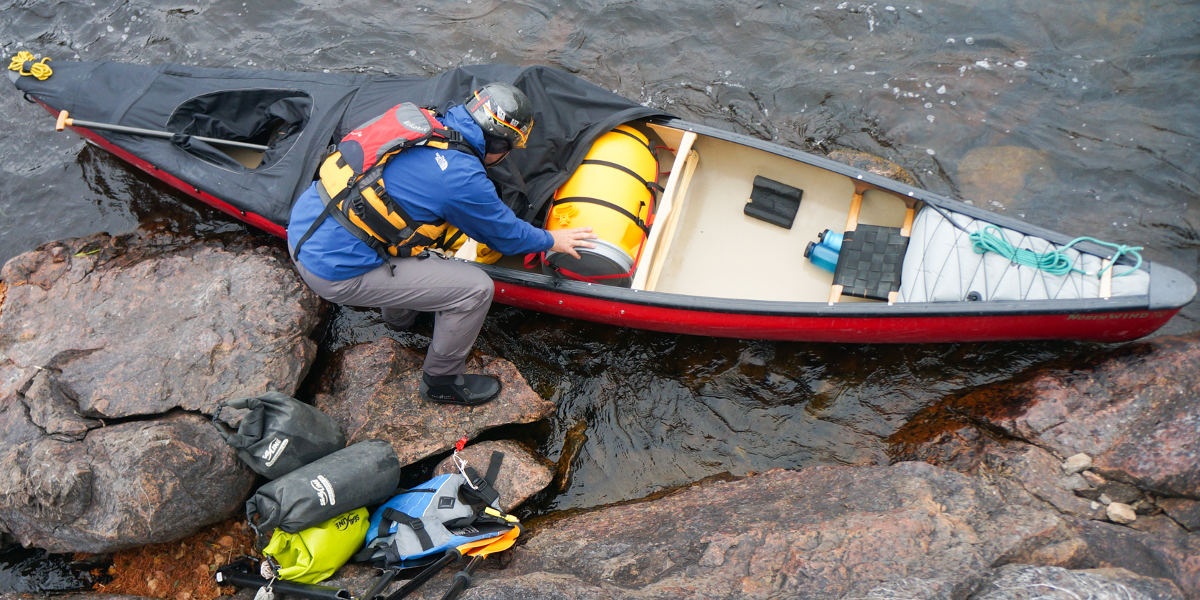
It was getting late in the day, so we tried to put a couple of kilometers behind us. Night Owl Lake showed us our first indication of low water. As the lake ended the river channel split into multiple options around islands. A couple that we tried were dry with the waterline high on the rocks above. We had Hap Wilson’s Wilderness Rivers of Manitoba guide and it indicated what would be our longest portage of 400 metres around a section of waterfalls we spotted from the plane. We found the start, but instead of swifts we had a boulder field. However, there was a small channel, just wide enough to float the empty canoe. The Berens River was known to be used as an aboriginal route because of its consistent water level. Had the boulders moved to form this channel been moved hundreds or thousands of years ago by human hands? We could only ponder as we followed this path as latecomers to the scene.
There were a few aluminum fishing boats at the end of the portage and we found a little island further down with a good spot to setup camp. The next morning, would bring us to our first runnable rapid. Again, low water had made what should have been a three-channel rapid into a single channel, but scouting from the shoreline, looked like a good run, probably class II whitewater. We tightened up our dry gear and ferried into position above the drop. Within a second we were through with the little bit of beginner nerves giving way to huge smiles.
As we paddled on through this pool and drop river it narrowed and widened and then narrowed again. Some narrow sections giving rise to visibly moving swifts where the water gently twisted the smooth surface into ripples and whirls. So idyllic to just look at, I was exactly where I wanted to be.
Rain into our second day meant for cold fall paddling. We had full rain gear on, but the dampness of a full day’s rain seeped into every part of us. Putting up the tarp to cook dinner at the day’s camp really helped. I’m always surprised how something as simple as a tarp can improve on wet weather. The sun came out just as the day closed.
Our morning was slow, as we waited patiently for the rising sun to first warm the air a little, and then to help us dry out our soaking gear. We didn’t want to pack everything away wet, since it was hard to say whether the day would bring more rain by evening. We were forced to contend with wet weather for the entire trip, either in rain itself or with heavy fog in the morning. Either way we were starting with less than 12 hours of daylight and it usually wasn’t until late morning that we could get things dry enough to pack up the boat and follow the river once again. Then by late afternoon, the sun was indicating it was heading down. We knew it would be twilight by seven so tried to stop by five to get dinner going and a suitable camp setup.
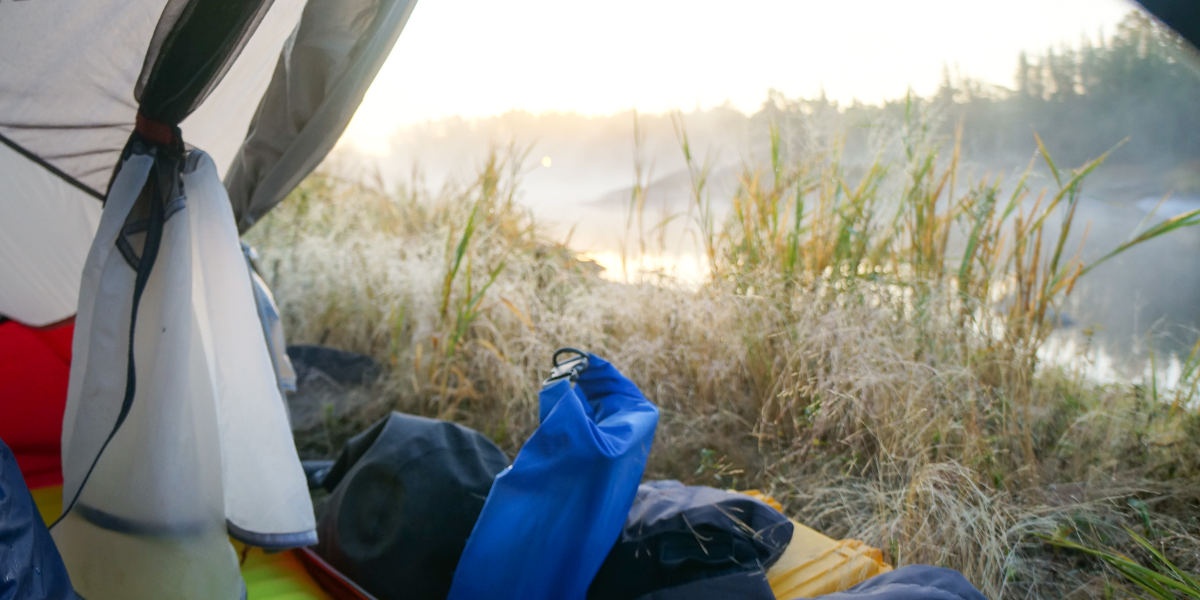
At many points the Berens split into multiple channels, sometimes to rejoin a couple hundred metres later, or sometimes kilometers later. We used the river guide to decide what was likely to follow but since it was written at a higher water level, sometimes we had to explore multiple channels to find the one with the dominant flow. It was fun to explore and figure out which channel gave us the best option.
We weren’t quite sure whether the low water levels would cause us to portage a lot more, but I don’t think it did. We ended up with a small, fun technical river that would have been quite a bit different at higher water levels. Depending upon how the rapid was shaped, and how the pool below it drained sometimes we could run what would be difficult rapids at high water levels and sometimes, there just wasn’t enough water flowing over a feature for us to float a boat through.
The number of rapids and waterfalls on our journey was numbered between 50 and 60. They all presented a different challenge. Some easy class I rapids that could be scouted from the boat broke up long sections of flatwater paddling which is most of what the river is. Sometimes we got to something harder where we would scout and talk about the best line, and contemplate, whether the risks of an upset were worth the run and attempting to save walking the gear around the obstacle. Often, the rapid was too hard, but we could devise an easier route around by combining a little bit of running parts, lining, and wading other sections, and then maybe lifting over the rocky ledge that was making the rapid a little too steep to run. I love these days, the physical, sometimes monotonal paddling of flatwater, watching the river slowly unfold in front of you, and then coming to the next problem-solving challenge, such an enjoyable day one after another.
Some mornings, we were treated to a cloudless start which caused the river to gently swirl into a fog which slowly hazed the light as we watched sunrise try to stretch itself into the sky. Very often, clouds would quickly form overhead, discouraging out prospects of a hot sunny day. Even after a hot summer, the temperatures are dropping to freezing now, and the water has quickly followed. It was cool, and wearing only partial immersion gear, some rapids which would be an obvious summer run were portaged or lined. The isolation and cloudy weather just didn’t afford us much margin to dry everything out if we went for a swim.
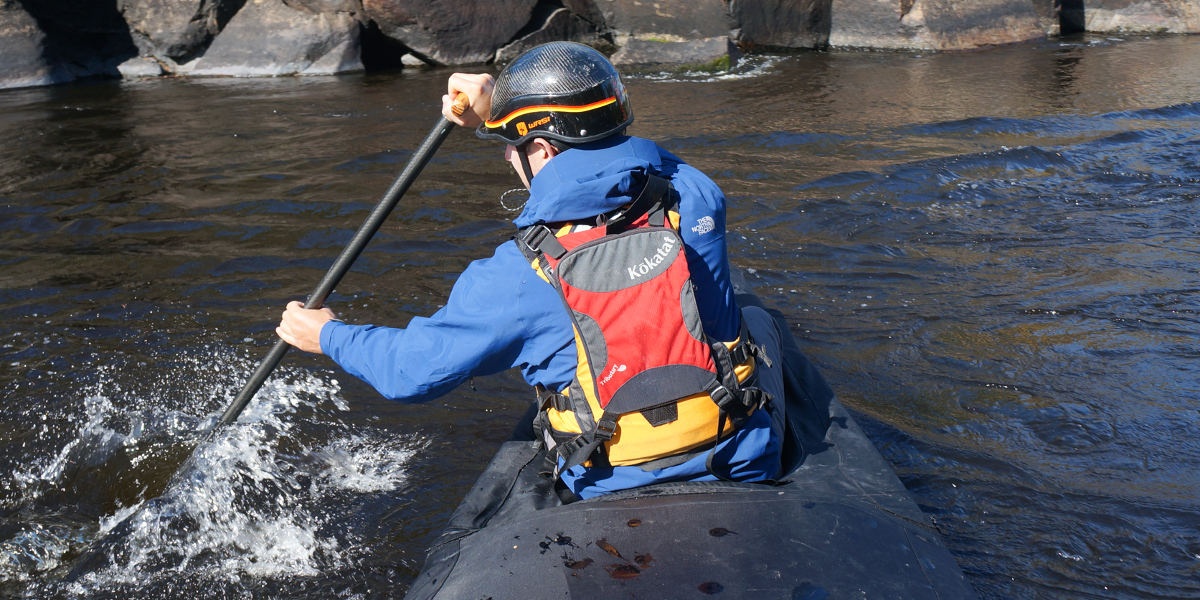
I wasn’t surprised, but we didn’t pass any other canoeists. Only two groups of mouse hunters out for the fall season. The fall is a little bit of a challenging time to paddle the river. Typical schedules mean holidays are hard to come by and the cold weather and water presents a true risk. But the river was beautiful, the low water levels slowed the river down, and what I could see to be at times a pushy river, seemed a little tired and more docile from a long summer. The poplars and birch were all turning to yellow and the marshes were turning golden. The waterfowl was starting to take the hint of the cold weather and geese and ducks lined many corners of the river gathering to head south. However, the best part, was almost no bugs. Rare in a land covered by swamp and bog.
Approaching the town of Berens River on the edge of Lake Winnipeg, it felt a little like approaching a big city as 10 kilometers out we started to notice constructions sounds, then the occasional cottage, then airplanes lining up for the local gravel strip. In town, the RCMP officers were kind and let us use their phone while they warmed us with a cup of tea and swapping stories from our recent experiences. We spent our last night on the shoreline of Lake Winnipeg, finally able to watch a full sunset as the sun went all the way down to the water in a clear sky to end our journey. We would get Clint to pick us up the next day.
As we took off strapped into the float plane once more, we got one final glance eastward up the river we had just completed. While we were looking forward to a hot shower and fresh vegetables, we had slightly heavy hearts that we were leaving this magical place. We would be back in Winnipeg that evening, but already on the drive south discussions of which river to paddle next were begun indicating the trip was a good experience for all!
Written by: Leigh Woltman
